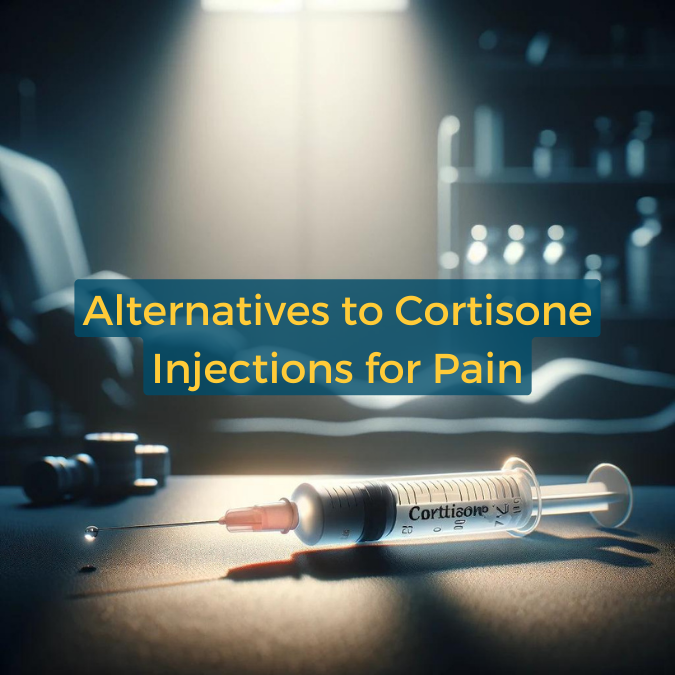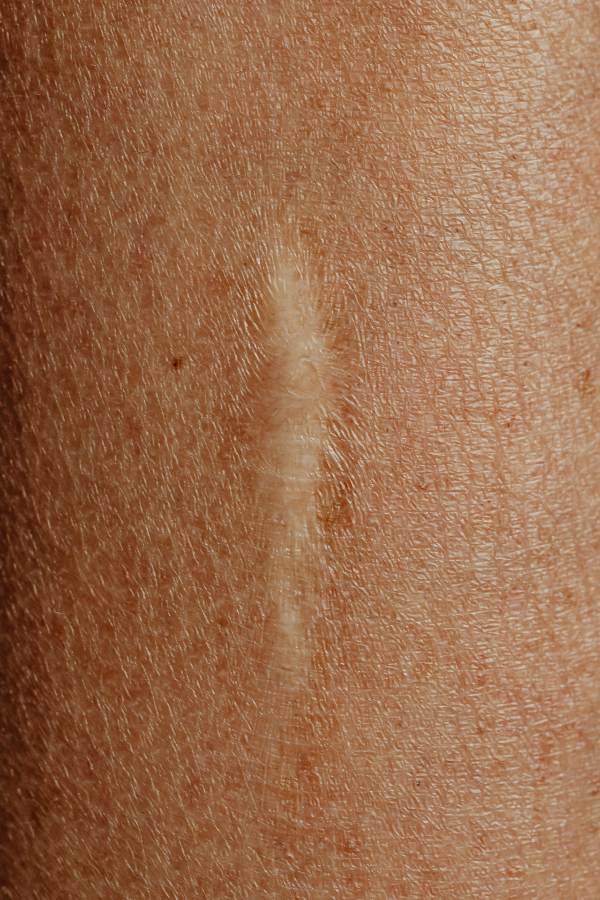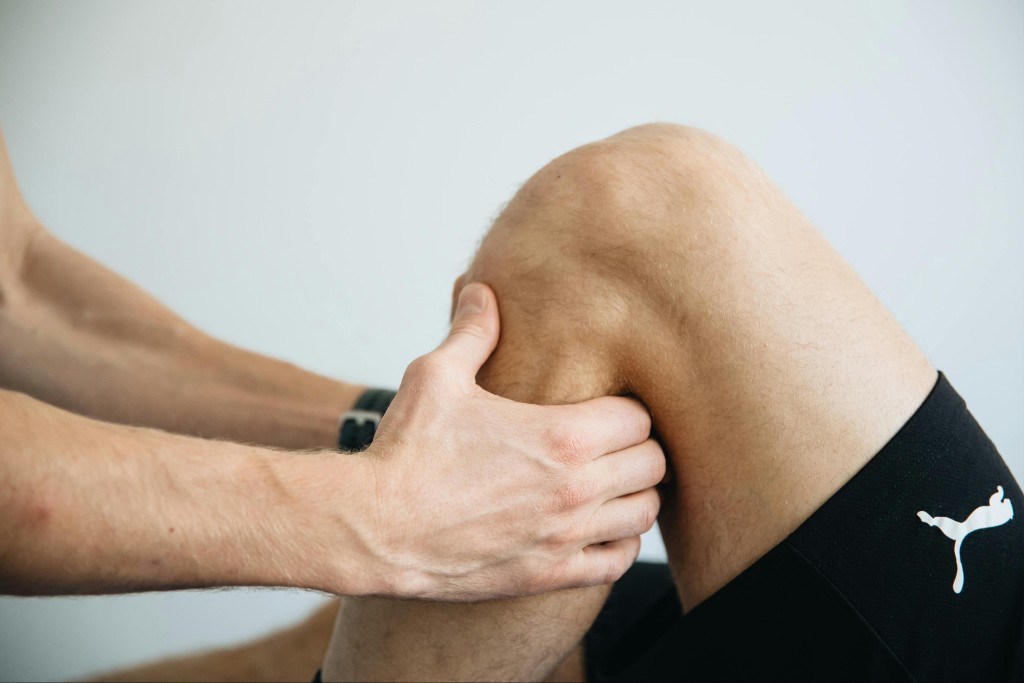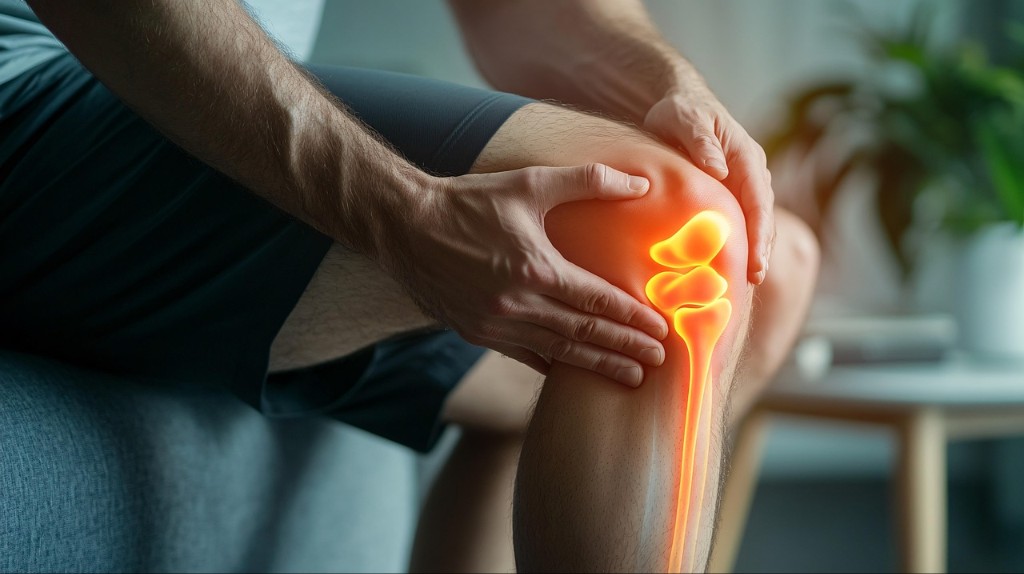Cortisone shots have long been a go-to for those suffering from various pain conditions. These injections, containing a steroid that reduces inflammation and lowers immune responses, can offer quick relief. However, not everyone finds them effective, and some are wary of potential side effects. As a result, many are turning towards natural and effective alternatives. This article explores alternatives such as physical therapy, shockwave therapy, acupuncture, and more, aiming to provide insightful information for those seeking a different path to manage their pain.
What are Cortisone Shots?

Cortisone shots are injections that may help relieve pain and inflammation in a specific area of your body, typically joints. They’re widely used for conditions like arthritis, tendonitis, and bursitis. While they can be effective, some individuals may seek alternatives due to side effects, such as skin thinning or joint damage, or because they prefer a more holistic approach.
Risks & Limitations of Cortisone Injections
While cortisone shots can be beneficial, they’re not without risks and limitations. Common side effects can include joint infection, nerve damage, thinning of nearby bone (osteoporosis), and tendon rupture. Overuse can lead to diminishing returns, making the shots less effective over time. According to one BMC study, minor adverse events from skin rash to disturbed menstrual patterns were found to have occurred in up to 81% of extra-articular corticosteroid injection recipients. Understanding these risks is crucial in considering safer and potentially more sustainable options.
Looking Beyond Cortisone Shots?
Discover long-term relief with SoftWave Therapy. Start with your first session for only $69.
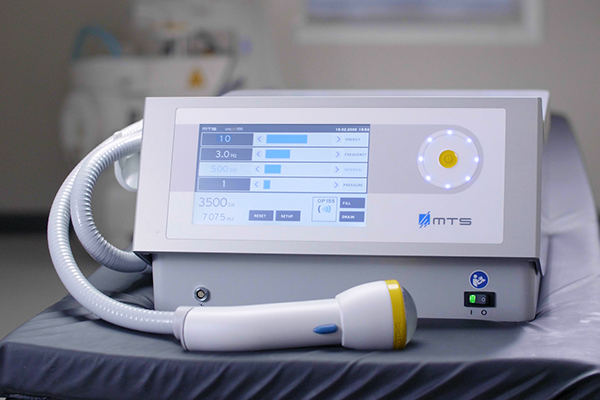
Natural Alternatives to Cortisone for Chronic Pain Relief
There are several natural alternatives to cortisone injections that offer pain relief with fewer side effects. These include physical therapy, acupuncture, chiropractic care, dietary changes, and innovative approaches like shockwave therapy. Each of these methods provides a unique approach to managing pain.
1. Physical Therapy and Exercise
Physical therapy and regular exercise are not just about managing pain; they’re about addressing its root cause. By working with a physical therapist, individuals can receive a personalized exercise plan that targets specific muscle groups and joints. Strengthening these areas helps support weakened parts of the body, reducing the strain and discomfort associated with various conditions like arthritis or back pain.
Regular exercise, particularly low-impact activities like swimming or cycling, can also improve cardiovascular health, which is vital for overall pain reduction. This approach not only diminishes the need for cortisone shots but also promotes long-term health and mobility.
2. Acupuncture
Acupuncture is a holistic approach to pain management that has been practiced for thousands of years. This technique involves stimulating specific points on the body, known as acupoints, to balance the flow of energy or Qi. Research suggests that this stimulation releases endorphins, the body’s natural painkillers, and may also improve blood flow and reduce muscle tension. Acupuncture has been used to treat various types of pain, from chronic headaches to osteoarthritis, and can be an effective complement to conventional medical treatments.
3. Chiropractic Care
Chiropractic care focuses on the musculoskeletal and nervous systems, with a primary emphasis on spine health. Chiropractors use spinal adjustments to correct misalignments, known as subluxations, which can cause or exacerbate pain. These adjustments help restore proper alignment, improve range of motion, and enhance nerve function.
Many patients report significant relief from back pain, neck pain, and headaches following chiropractic treatment. Additionally, chiropractic care often includes guidance on posture, ergonomics, and specific exercises, contributing to long-term pain management and overall health.
4. Dietary Changes and Supplements
Diet plays a crucial role in managing inflammation, a key component of chronic pain. Anti-inflammatory foods like leafy green vegetables, berries, nuts, and fatty fish can significantly reduce inflammation markers in the body. Supplements such as turmeric, which contains curcumin, have been shown to have potent anti-inflammatory properties. Similarly, omega-3 fatty acids, found in fish oil supplements, can help reduce the production of molecules and substances linked to inflammation.
5. SoftWave Therapy
SoftWave therapy represents a significant advancement in non-invasive pain relief methods. This type of shockwave therapy utilizes broad-focused shock waves, or sound waves, to stimulate the affected area, encouraging increased blood flow and cell regeneration. The process accelerates tissue healing, reduces inflammation, and alleviates pain without the need for invasive procedures like injections.
SoftWave therapy has shown promising results in treating conditions such as tendonitis, muscle pain, and joint disorders, offering a pain relief option that is both effective and free of the risks associated with more invasive treatments.
Looking Beyond Cortisone Shots?
Discover long-term relief with SoftWave Therapy. Start with your first session for only $69.

Live Pain Free Again With SoftWave
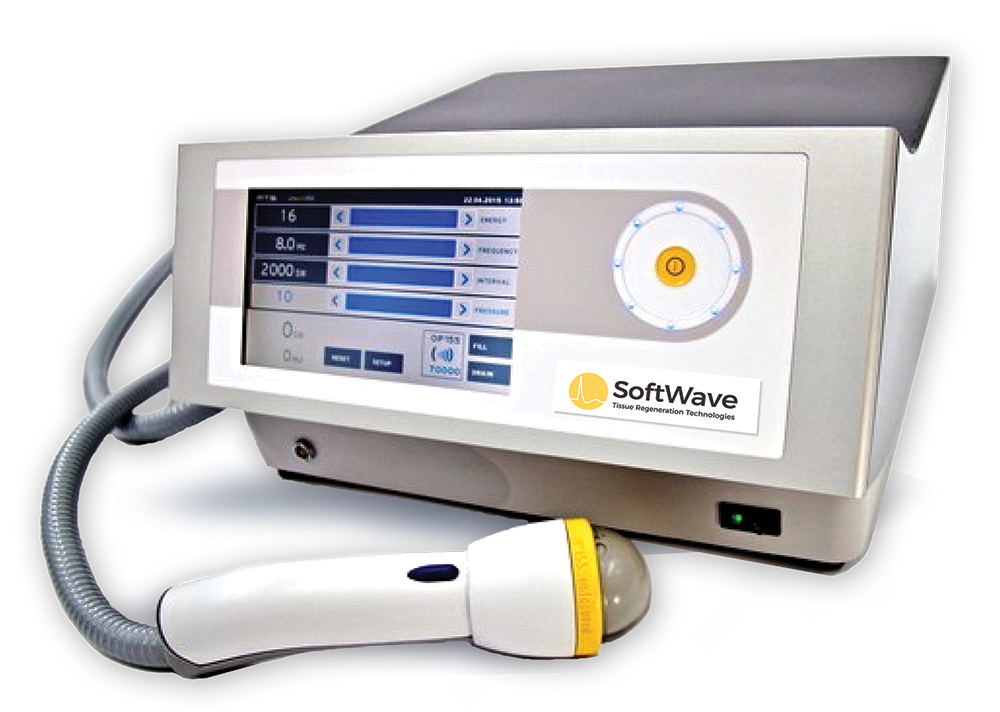
SoftWave TRT uses patented technology to reach an injured area at the cellular level to successfully activate the body’s natural healing process.
- Increases blood supply
- Modulates inflammation
- Repairs, remodels and regenerates tissue
- Accelerates wound healing
- Reduces acute and chronic pain
- Induces antibacterial effect

Live Pain Free Again With SoftWave
How To Choose the Right Treatment Plan for Pain
Selecting an appropriate treatment plan for pain is a process that should be tailored to your individual needs and circumstances. It’s important to understand the specifics of your pain – is it acute or chronic, and what might be causing it? A conversation with healthcare professionals is key to getting a proper diagnosis and discussing the most effective and suitable treatment options.
When deciding on a treatment plan, consider the following:
- Personal Health History: Your overall health, existing conditions, and previous treatments will influence what options are best for you.
- Treatment Goals: Determine what you hope to achieve, such as pain reduction, increased mobility, or improved quality of life.
- Lifestyle Factors: Daily activities, work requirements, and personal preferences are important in choosing the right treatment.
- Pros and Cons: Evaluate each option’s effectiveness, potential side effects, and practicality for your situation.
- Long-Term Sustainability: Think about how the treatment will fit into your life over time.
- Cost and Accessibility: Consider the affordability and availability of the treatments you are considering.
Balancing these factors and maintaining open communication with your healthcare providers will help guide you to a decision that best suits your health needs and lifestyle.
The Best Shockwave Therapy for Pain
Are you looking for safe, reliable, and effective relief from pain?
SoftWave therapy is FDA-cleared, patented, and nationally recognized for its leading tissue regeneration technology. Unlike other types of high-energy shockwave treatments, SoftWave is the only shockwave therapy on the market that uses true broad-focused shock waves that treat larger and deeper areas of tissue.
Thousands of patients have experienced the benefits of SoftWave for pain, including:
- Little to no side effects
- Short treatment time
- Quick recovery
- Long-lasting results
- Find a SoftWave Therapy provider near you or learn more about SoftWave and whether or not you’re eligible for full treatment today!
New Patient Special
Try SoftWave for just $69 at a clinic near you and learn if you’re a candidate for full treatment


